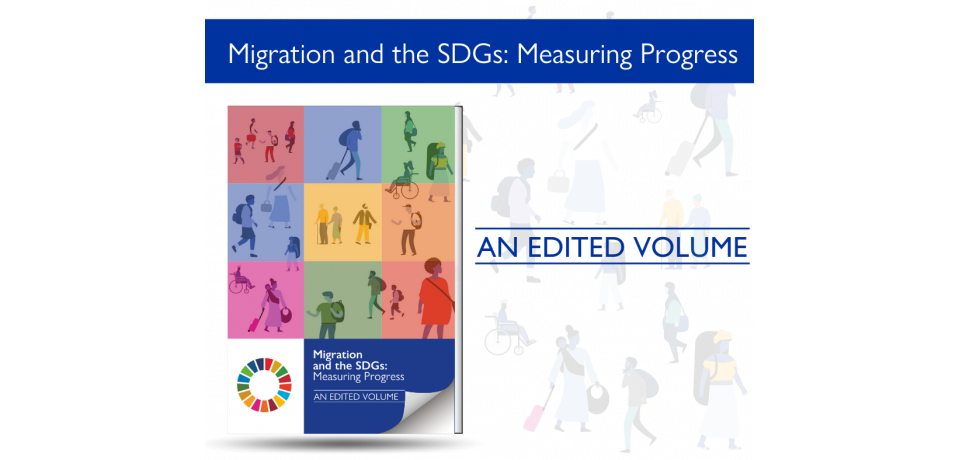Migration and the SDGs: Measuring Progress
Objectifs de Développement Durable Connexes et Objectifs du Pacte Mondial sur les Migrations
Migration and development are inextricably linked, but it can be difficult to measure these linkages. The adoption of the 2030 Agenda for Sustainable Development presented a special opportunity to tackle this in 2015. The Sustainable Development Goals (SDGs) make many references to migration and to be monitored, require data on several migration and development topics.
To date there has been no comprehensive stocktaking either of migration trends within the SDGs or of the effects the SDGs have had on migration data. This makes it difficult to understand the overall impact of including migration in such a high-level global process. To explore this, GMDAC invited experts to share their views on the effects of the SDGs on migration data in a new publication. Our goal was to know: what has changed since 2015?
IOM’s new edited volume “Migration and the SDGs: Measuring Progress” explores migration trends within the SDGs and the impact of the 2030 Agenda on migration data. Further, the report brings together and examines for the first time data on all indicators under Target 10.7, taking stock of what the international community has learned on how to conceptualise and monitor safe, orderly and regular and responsible migration. The publication contains contributions from the International Labour Organization (ILO), the World Bank, United Nations Department of Economic and Social Affairs (UN DESA), the Organisation for Economic Co-operation and Development (OECD), United Nations High Commissioner for Refugees (UNHCR), UNICEF, World Health Organization (WHO), United Nations Office on Drugs and Crime (UNODC), and others.
This month countries from around the world will come together in New York to assess how much progress has been made in implementing the Global Compact for Safe Orderly and Regular Migration (GCM). Given that the GCM builds on parts of the 2030 Agenda, we hope the findings of the report spark dialogue and action on how to make the most of the inclusion of migration in high-level frameworks.
M4D Net experts are proud to have contributed to this volume.
